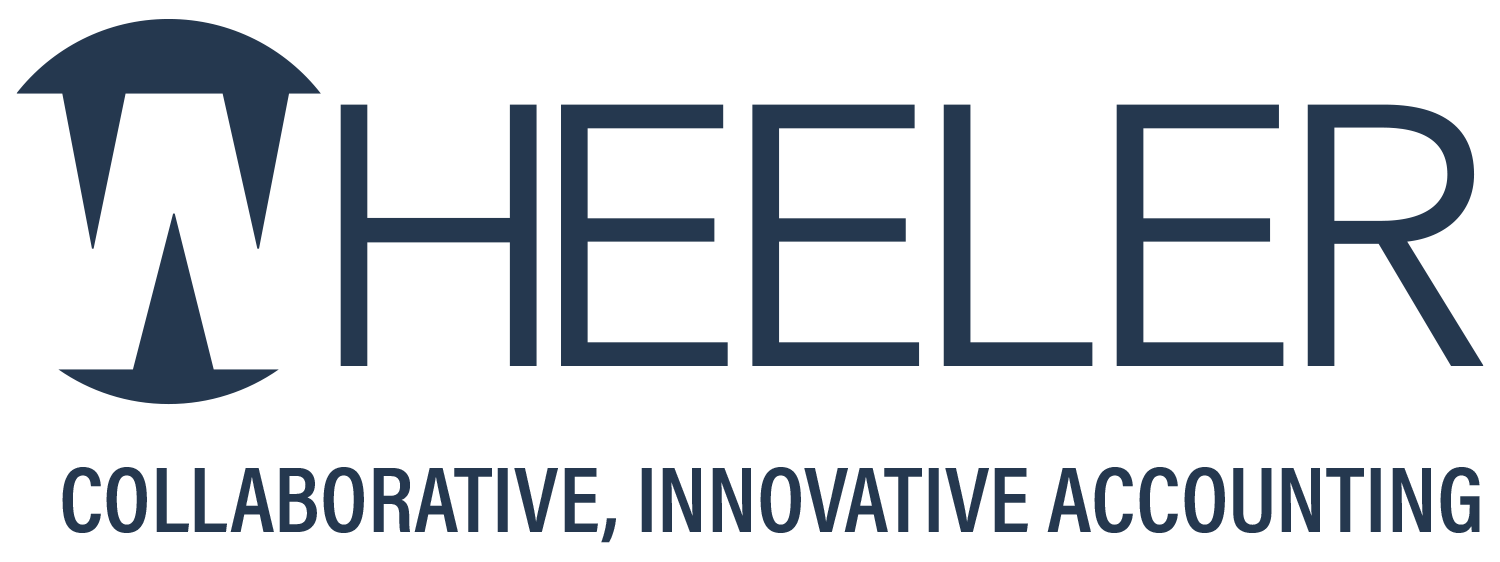The stock market has experienced plenty of ups and downs this year. You might have already collected some gains and suffered some losses. And you might have some unrecognized gains and losses from stock and mutual funds that you still hold.
Selling Appreciated Securities
If you hold investments in taxable brokerage firm accounts, consider the tax-saving advantage of selling appreciated securities that have been held for over 12 months. The federal income tax rate on net long-term capital gains recognized this year is 15% for most taxpayers, although it can reach the maximum 20% rate at high income levels.
An additional 3.8% net investment income tax (NIIT) can also kick in for higher-income taxpayers. So, the actual federal tax rate on long-term capital gains can be 18.8% (15% plus 3.8%), or 23.8% (20% plus 3.8%) at higher income levels. However, that’s significantly lower than the 40.8% maximum rate that can potentially apply to short-term capital gains (37% plus 3.8%).
Harvest Capital Losses
If you’re holding some investments that are currently worth less than you paid for them, consider harvesting those capital losses between now and year end by selling those investments. Harvested losses can shelter capital gains from the sale of appreciated stocks this year. Sheltering short-term capital gains with harvested losses is an especially tax-smart move because net short-term gains are taxed at higher income tax rates that can reach 37%, plus another 3.8% if the NIIT applies.
If harvesting losing stocks would cause your 2024 capital losses to exceed your 2024 capital gains, the result would be a net capital loss for the year. The net capital loss can be used to shelter up to $3,000 of 2024 higher-taxed ordinary income ($1,500 if you’re married and file separately). Ordinary income can include salaries, bonuses, self-employment income, interest income and royalties. Any excess net capital loss is carried forward to next year — and beyond, if you don’t use it up next year.
In fact, having a capital loss carryover to next year and beyond could turn out to be beneficial. The carryover can be used to shelter future capital gains (both short-term and long-term) next year and beyond. That can give you extra investing flexibility in those years because you won’t have to hold appreciated securities for over a year to get a lower tax rate. You’ll pay 0% to the extent you can shelter gains with your loss carryover.
Important: If you sold a home earlier this year for a taxable gain, you may be able to offset some or all of that taxable gain with harvested capital losses from the sale of losing securities.










